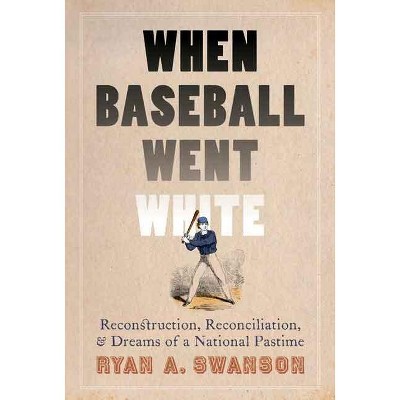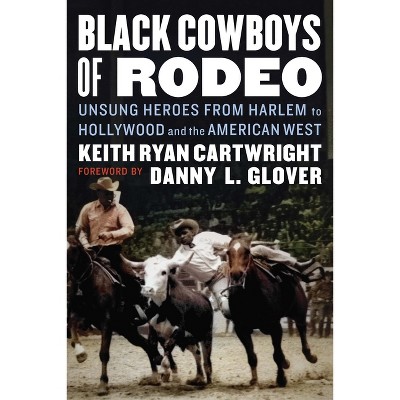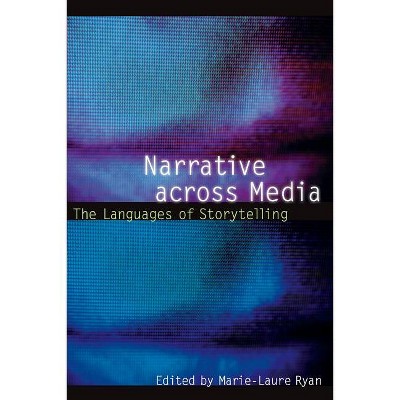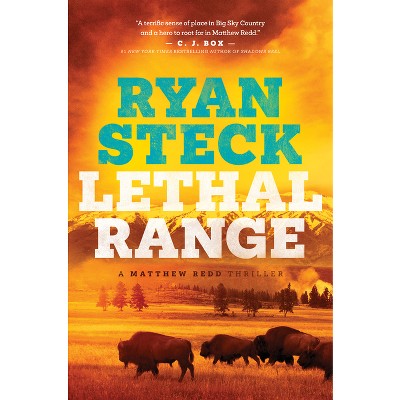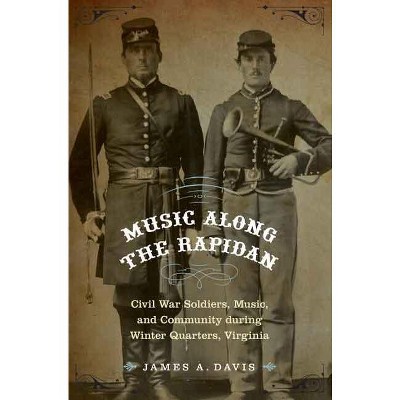About this item
Highlights
- Established in south-central New Mexico at the end of World War II, White Sands Missile Range is the largest overland military reserve in the western hemisphere.
- About the Author: Ryan H. Edgington is a visiting assistant professor of history at Macalester College.
- 284 Pages
- History, United States
Description
About the Book
"Established in south-central New Mexico at the end of World War II, White Sands Missile Range is the largest overland military reserve in the western hemisphere. It was the site of the first nuclear explosion, the birthplace of the American space program, and the primary site for testing U.S. missile capabilities. In this environmental history of White Sands Missile Range, Ryan H. Edgington traces the uneasy relationships between the military, the federal government, local ranchers, environmentalists, state game and fish personnel, biologists and ecologists, state and federal political figures, hunters, and tourists after World War II--as they all struggled to define and productively use the militarized western landscape. Environmentalists, ranchers, tourists, and other groups joined together to transform the meaning and uses of this region, challenging the authority of the national security state to dictate the environmental and cultural value of a rural American landscape. As a result, White Sands became a locus of competing geographies informed not only by the far-reaching intellectual, economic, and environmental changes wrought by the Cold War but also by regional history, culture, and traditions"--Book Synopsis
Established in south-central New Mexico at the end of World War II, White Sands Missile Range is the largest overland military reserve in the western hemisphere. It was the site of the first nuclear explosion, the birthplace of the American space program, and the primary site for testing U.S. missile capabilities.
In this environmental history of White Sands Missile Range, Ryan H. Edgington traces the uneasy relationships between the military, the federal government, local ranchers, environmentalists, state game and fish personnel, biologists and ecologists, state and federal political figures, hunters, and tourists after World War II--as they all struggled to define and productively use the militarized western landscape. Environmentalists, ranchers, tourists, and other groups joined together to transform the meaning and uses of this region, challenging the authority of the national security state to dictate the environmental and cultural value of a rural American landscape. As a result, White Sands became a locus of competing geographies informed not only by the far-reaching intellectual, economic, and environmental changes wrought by the cold war but also by regional history, culture, and traditions.
Review Quotes
"Range Wars is a valuable treatise of nuclear history, public lands history, environmental history, and more."--Jeremy Work, Historical Geography
"Range Wars takes an enormous step in reconnecting this militarized landscape to scholarship in environmental history and the Cold War era generally."--Jacob Darwin Hamblin, Quest
"[Range Wars] will be highly significant to the fields of western history, environmental history, military history, and political and economic history. It will have far-reaching influence on similar studies underway in other regions of the country."--Durwood Ball, editor of New Mexico Historical Review and author of Army Regulars on the Western Frontier-- (8/5/2013 12:00:00 AM)
"Edgington's work will be of interest to select scholars of the specialized fields he addresses."--Publishers Weekly-- (5/26/2014 12:00:00 AM)
"Thoughtful. . . . It is time to move beyond the simplistic belief that military bases are ecological wastelands whose pasts have been purged and futures forfeited."--Peter S. Alagona, American Historical Review
"Well documented."--CHOICE-- (2/1/2015 12:00:00 AM)
"Well-researched. . . . Edgington crystallizes global puzzles with nuggets of research and pearls of wisdom."--Michael Piellusch, On Point
About the Author
Ryan H. Edgington is a visiting assistant professor of history at Macalester College. His articles have appeared in Western Historical Quarterly, Agricultural History, and in edited volumes.
Shipping details
Return details
Trending Non-Fiction








